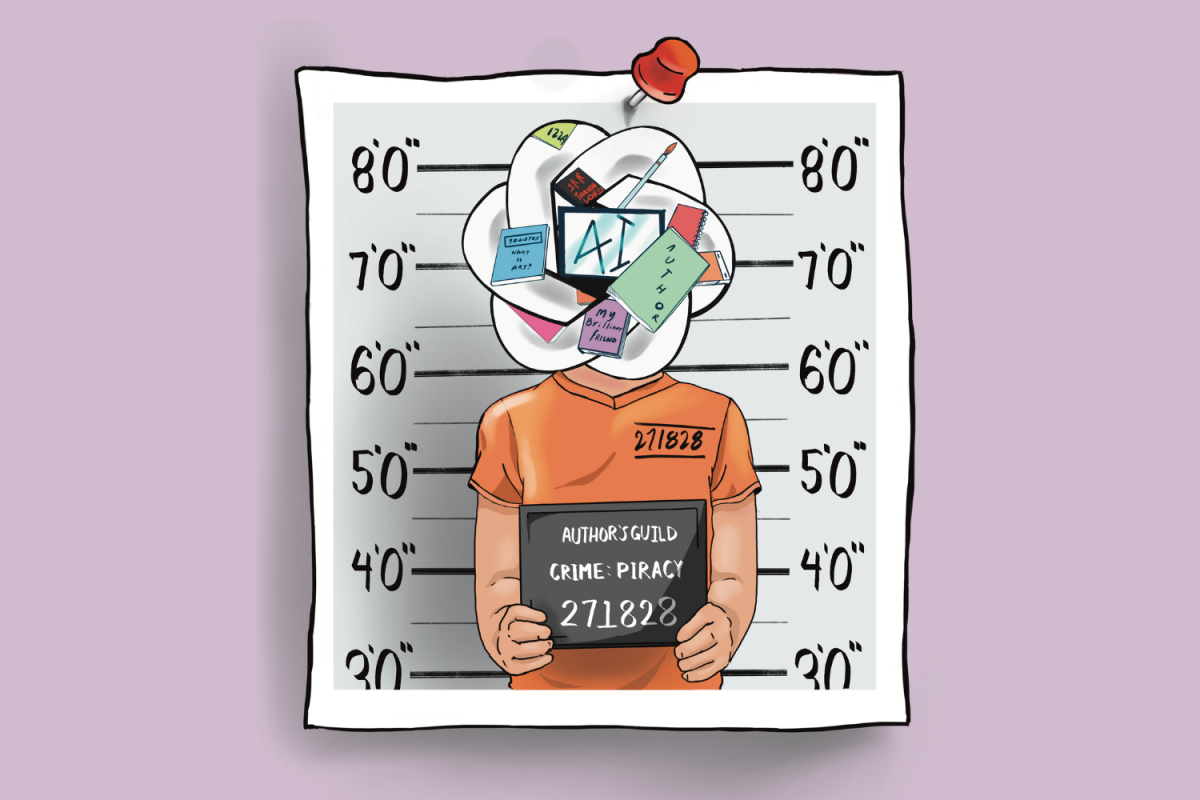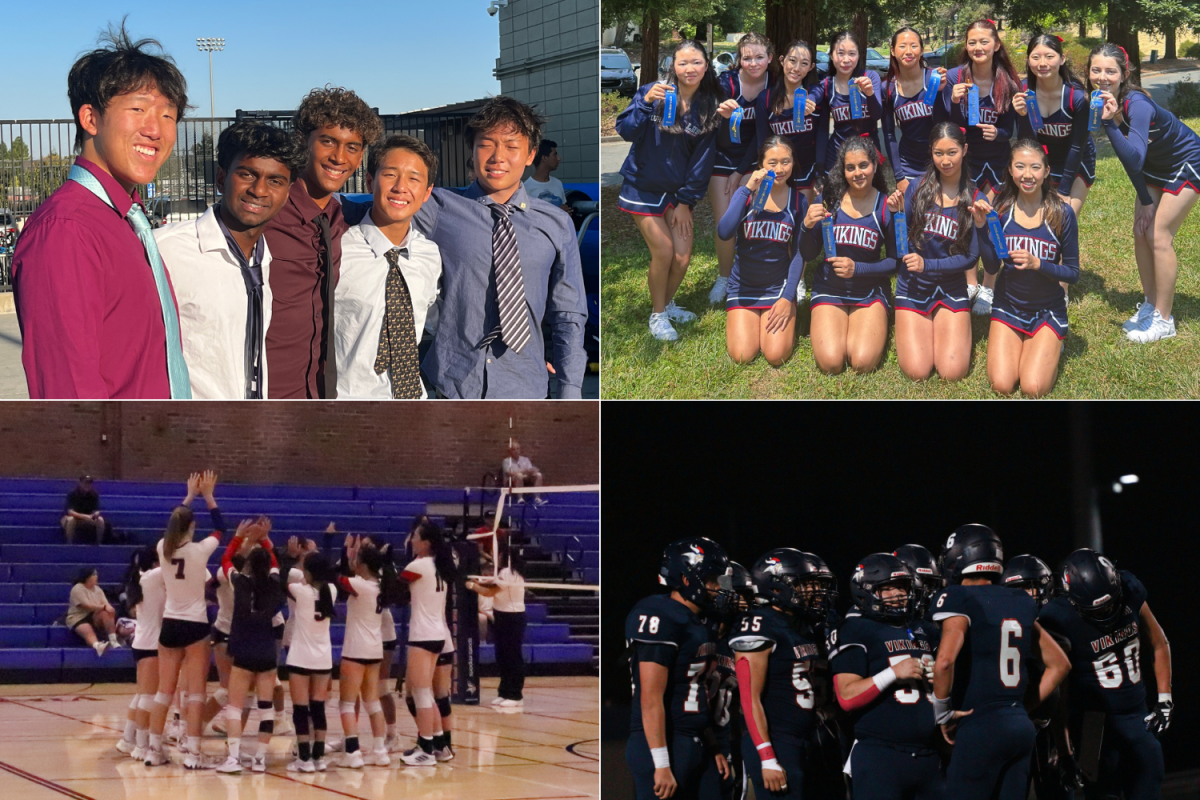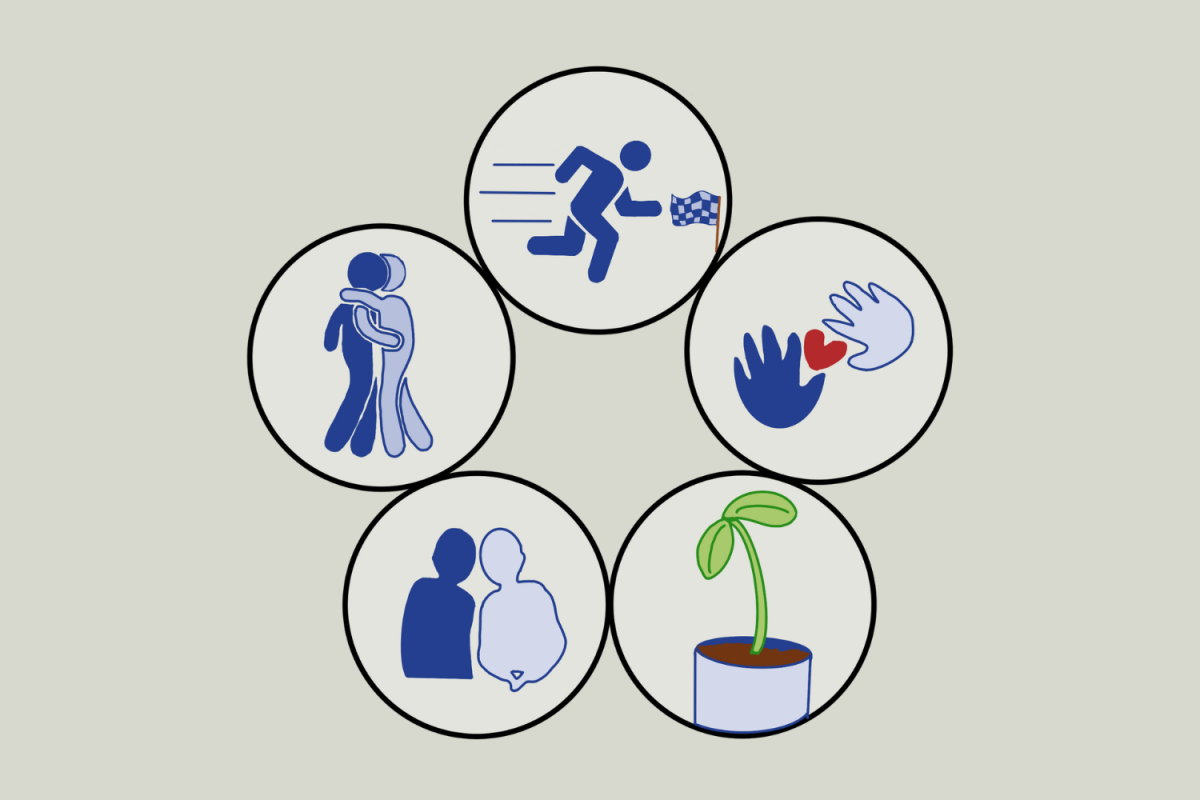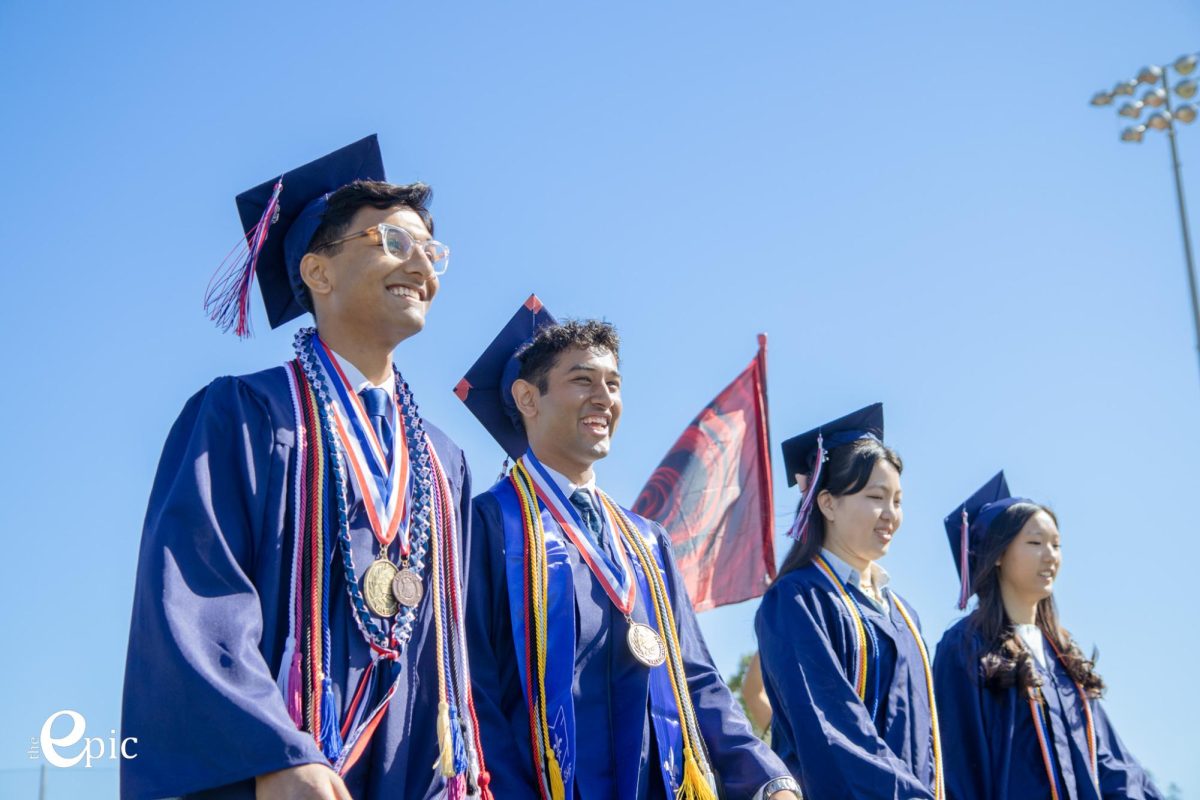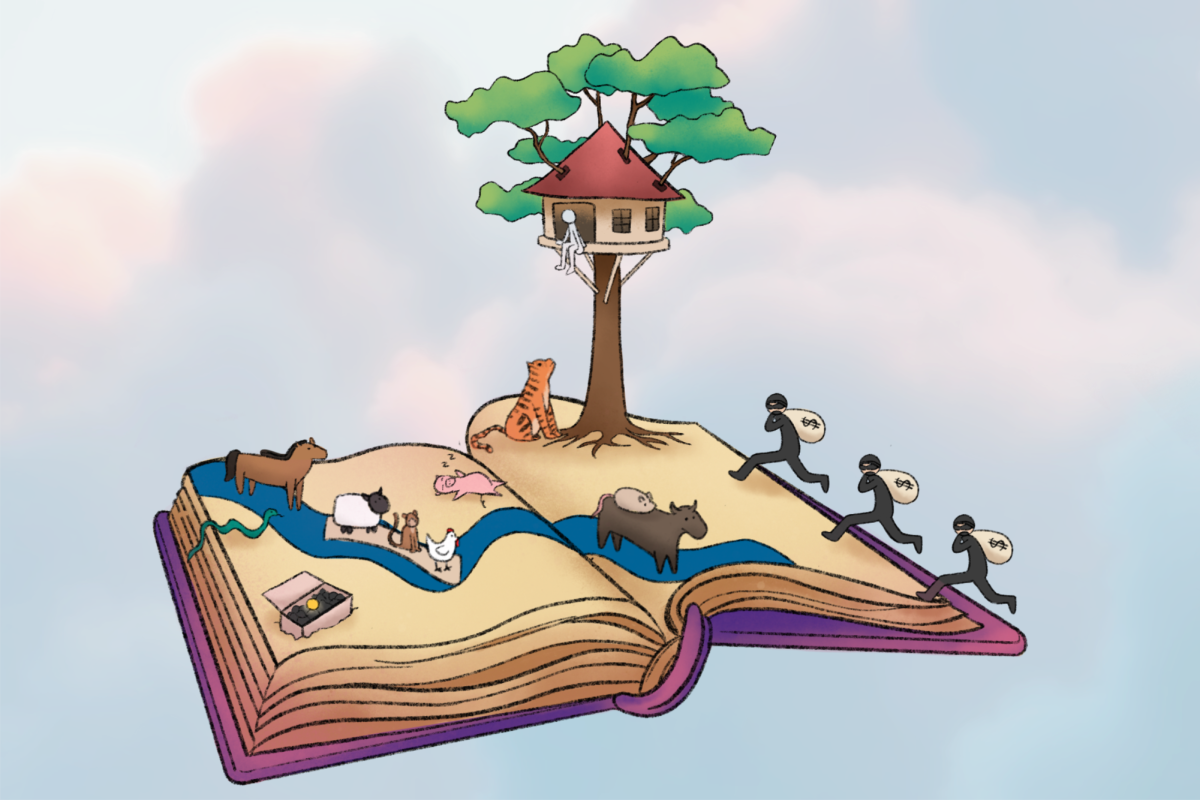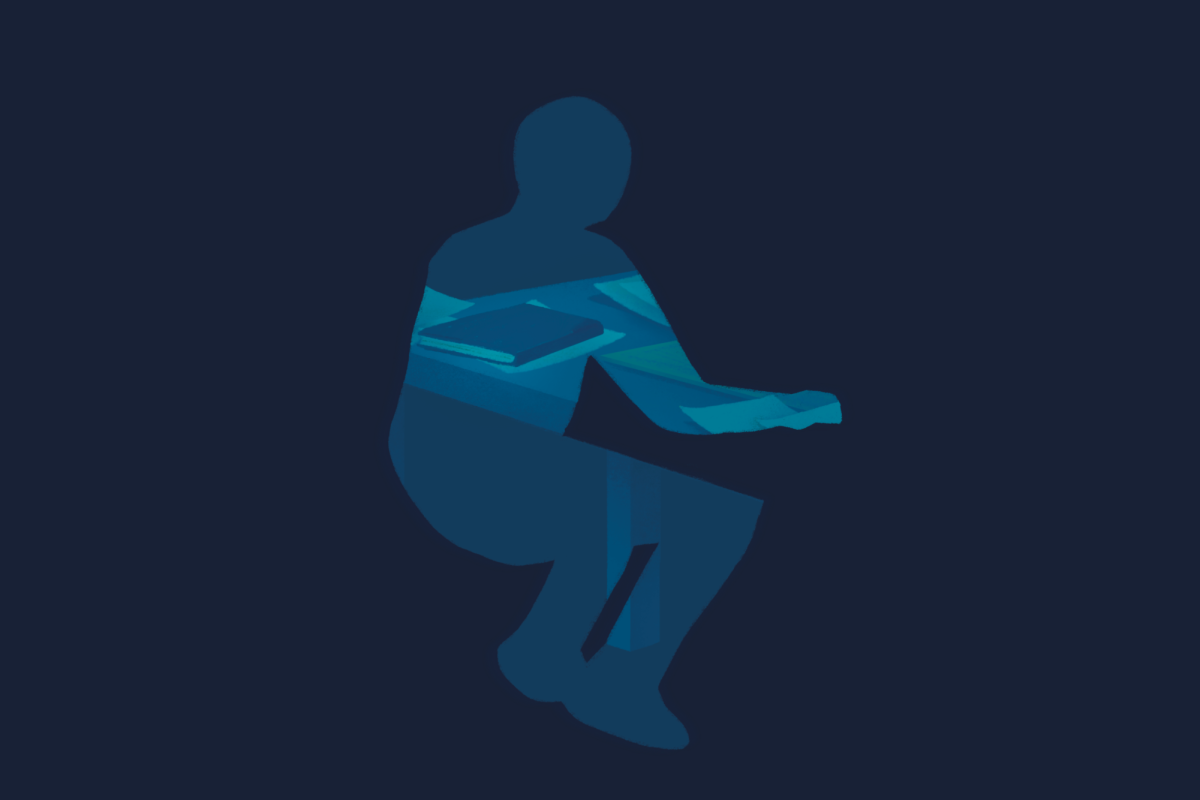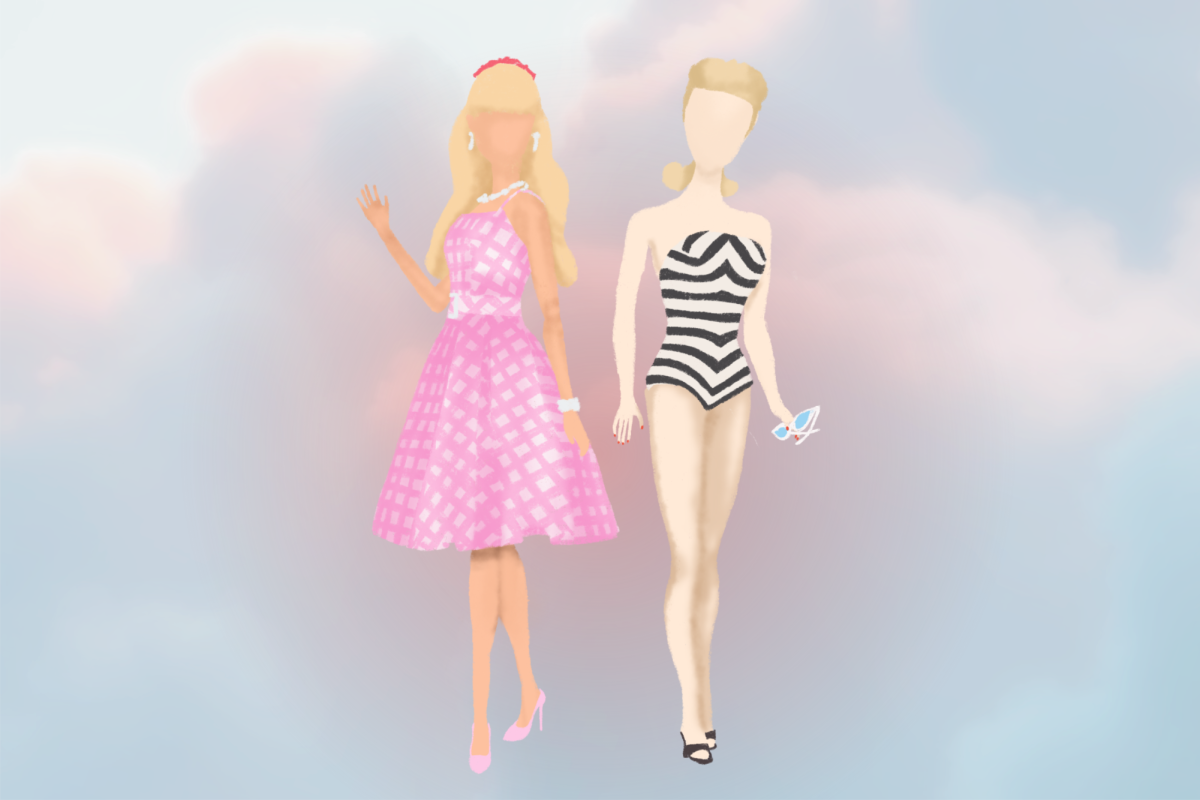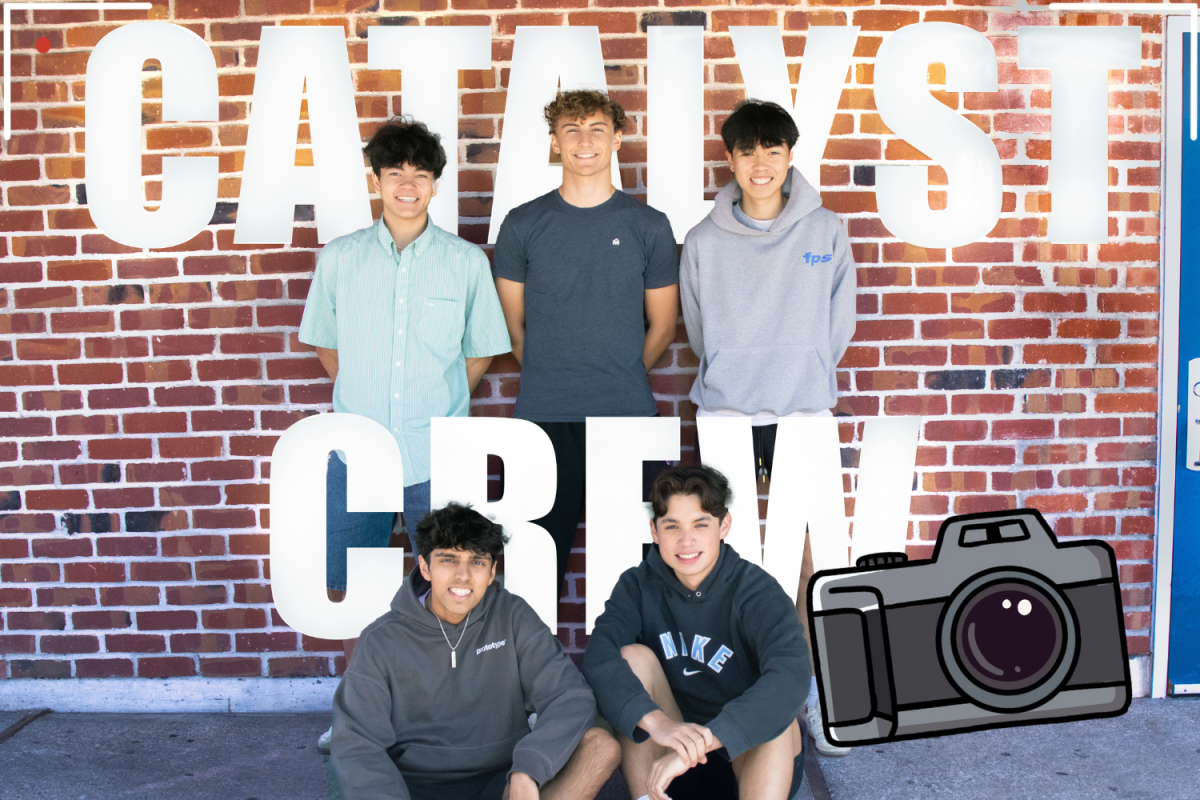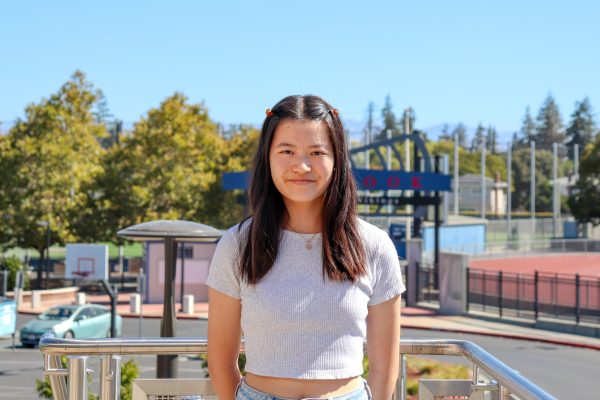For the full photo gallery, visit https://flic.kr/s/aHBqjBnSgM.
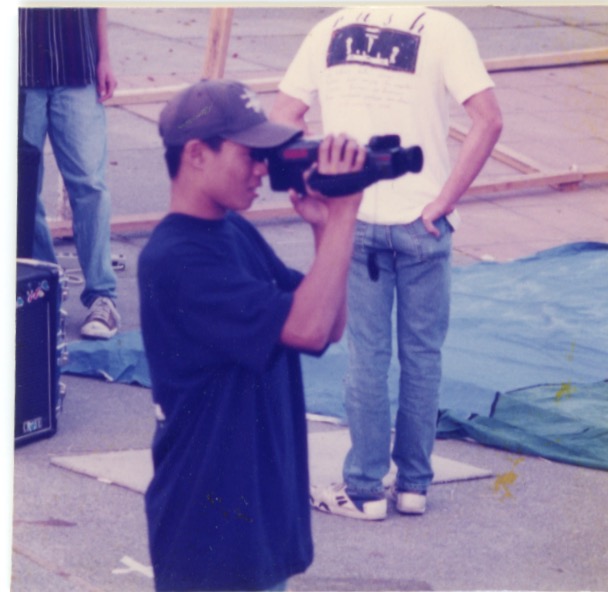
Technology
The use of computers in the home was just beginning in the early 90s. Each family might have had just one home computer used for word-processing tasks like typing a report. To access the Internet, one would have to make a landline connection, but if another person picked up a phone on the home’s landline system, the internet would disconnect.
In classrooms, teachers would use chalkboards or overhead projectors. The projector was a light box that projected a printed image from transparencies, a type of transparent sheet, onto a magnifying glass, that would reflect off a mirror onto the wall. Movies and films in the 90s were shown with VHS tapes or LaserDiscs — which looked like 12-inch CDs. Before this, films were shown with reel-to-reel films.
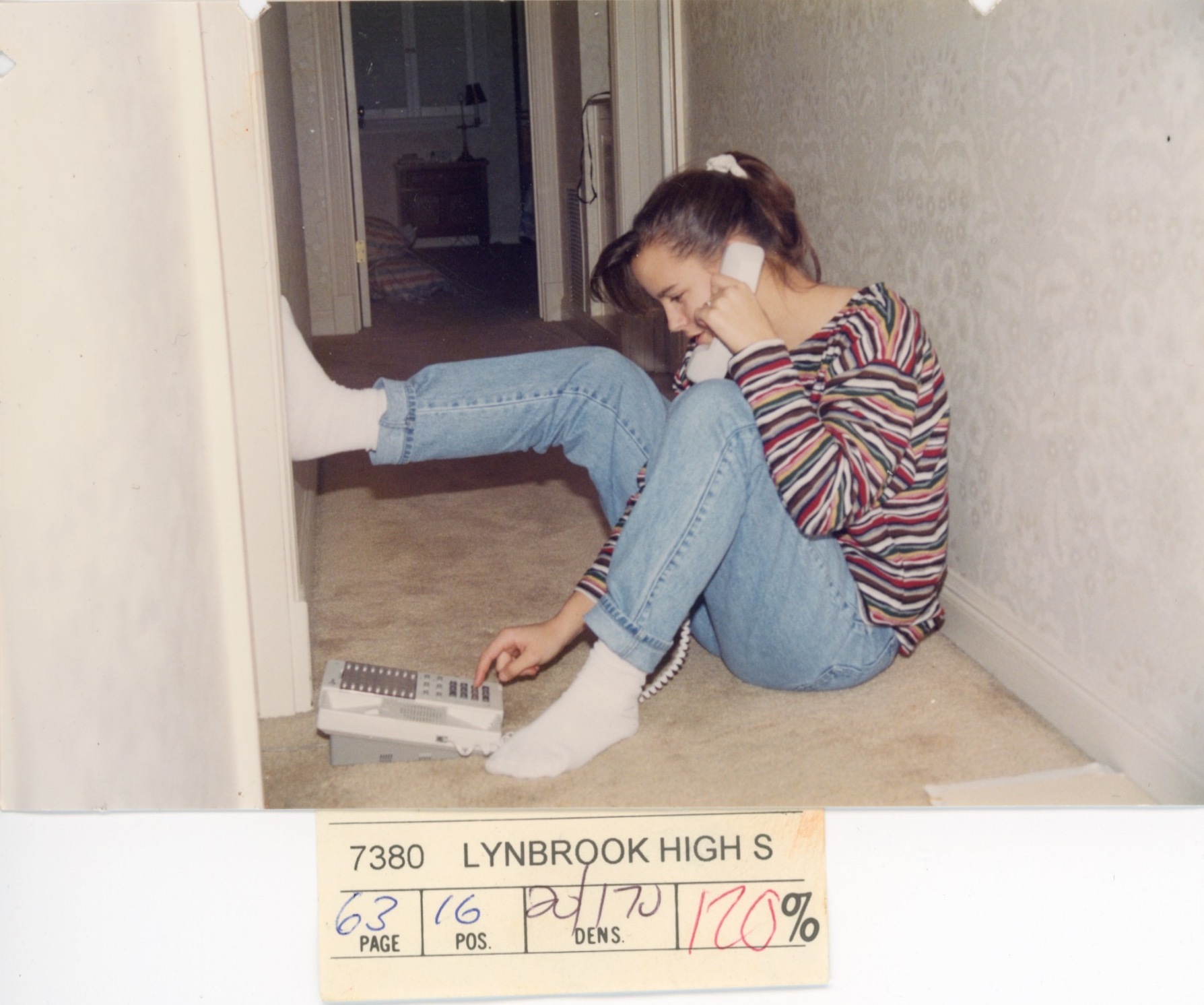
Communication with friends
Contacting friends virtually was done through landline home phones, where anyone at one’s home might pick up when the friend was not home. Pagers were also used as mobile devices, where one would either only be notified that someone was trying to contact them, or students would use numbers to code messages. For instance, 07734 spelled “HELLO” as it resembled the greeting when viewed upside down. Without technology, some even threw pebbles at their friends’ bedroom windows to get their attention or wrote and left each other paper notes wedged in the gaps between a classroom desk’s tabletop and legs.
Homecoming and formal dances
Lynbrook Homecoming in the 90s is similar to today’s, but what differs is that the homecoming dance used to be casual as it took place right after the football game, rather than being semi-formal on the night following the game. Homecoming court members also wore white dresses and tuxedos, and rallies had no artificial noisemakers like thunder sticks and cowbells. Instead, the classes shared slips of paper with rally chants.
In addition to the dances still held annually, Lynbrook also had a Sadie Hawkins dance where, to reverse tradition, girls would ask boys to the dance, and attend in matching outfits.
Homecoming court lines up to be recognized for their dedication to homecoming. At the time, girls wore white dresses and boys wore tuxedos, contrasting the present where all homecoming courtmembers wear black formal wear. Used with permission from Olivia Yu from Lynbrook Class of 1995.
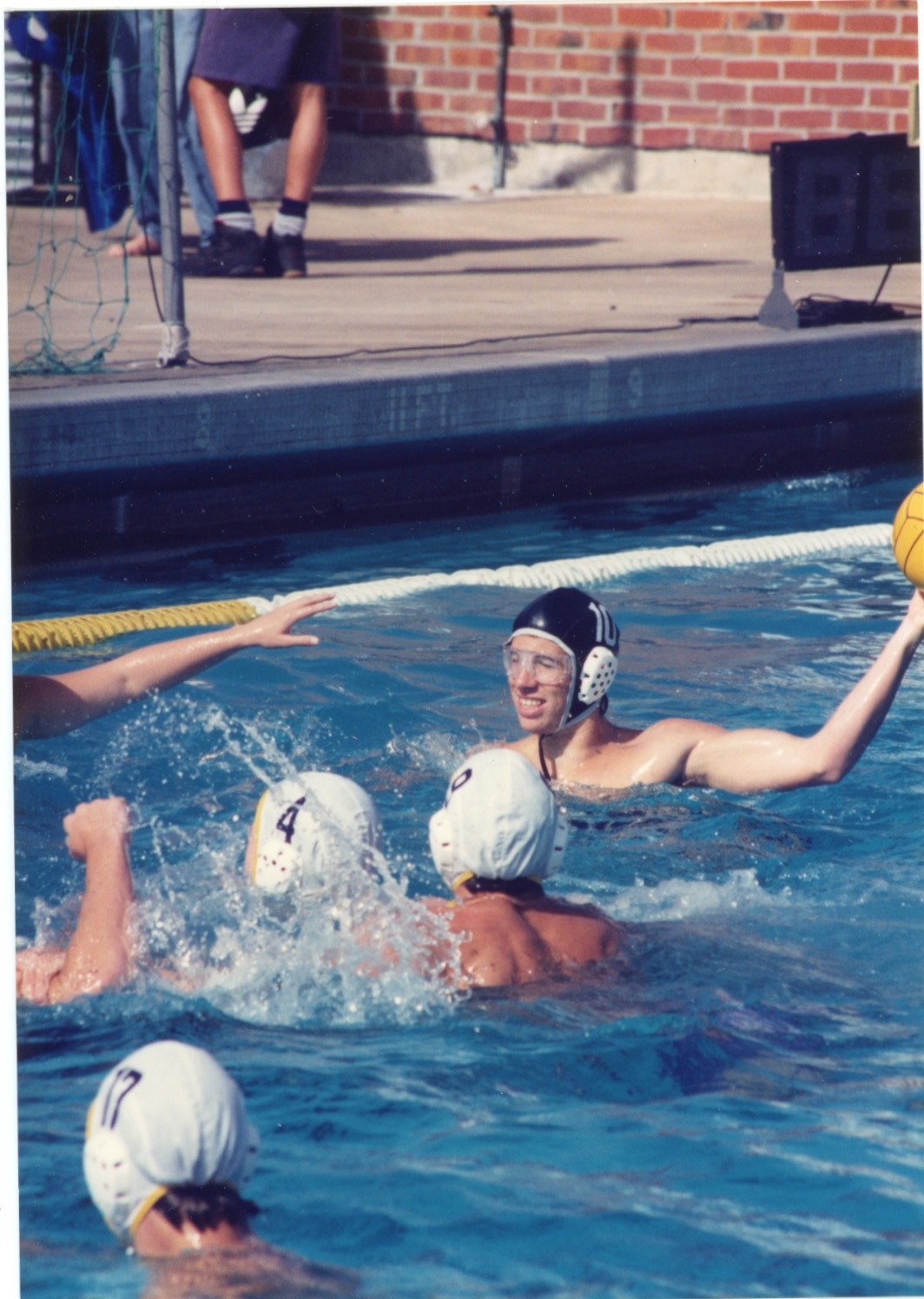
Vikepound origin
As student athletes, economics and AP Government teacher Jeffrey Bale — who graduated in the Class of 2000 — and his friends were troubled by the low levels of student support for them and their peers’ sports games. Inspired by the name of the Cleveland Browns’ fan base, the Dogpound, they started a T-shirt design they called the Vikepound to unite students under the purpose of bringing more spirit to Lynbrook’s sporting events. Beginning without school affiliation, Bale worked with his friends to produce and distribute these shirts among his classmates, quickly gaining popularity and gathering large-spirited groups of students to support sports at both home and away games. The following year, the group successfully sold hundreds of shirts independently, gathering momentum for their movement through which students could unite and express their school spirit.
“We filled a void that people didn’t know was there,” Bale said.
After Bale graduated, Lynbrook continued with the tradition by taking over the management and production of Vikepound T-shirts, leaving behind a legacy of spirit that still endures today.
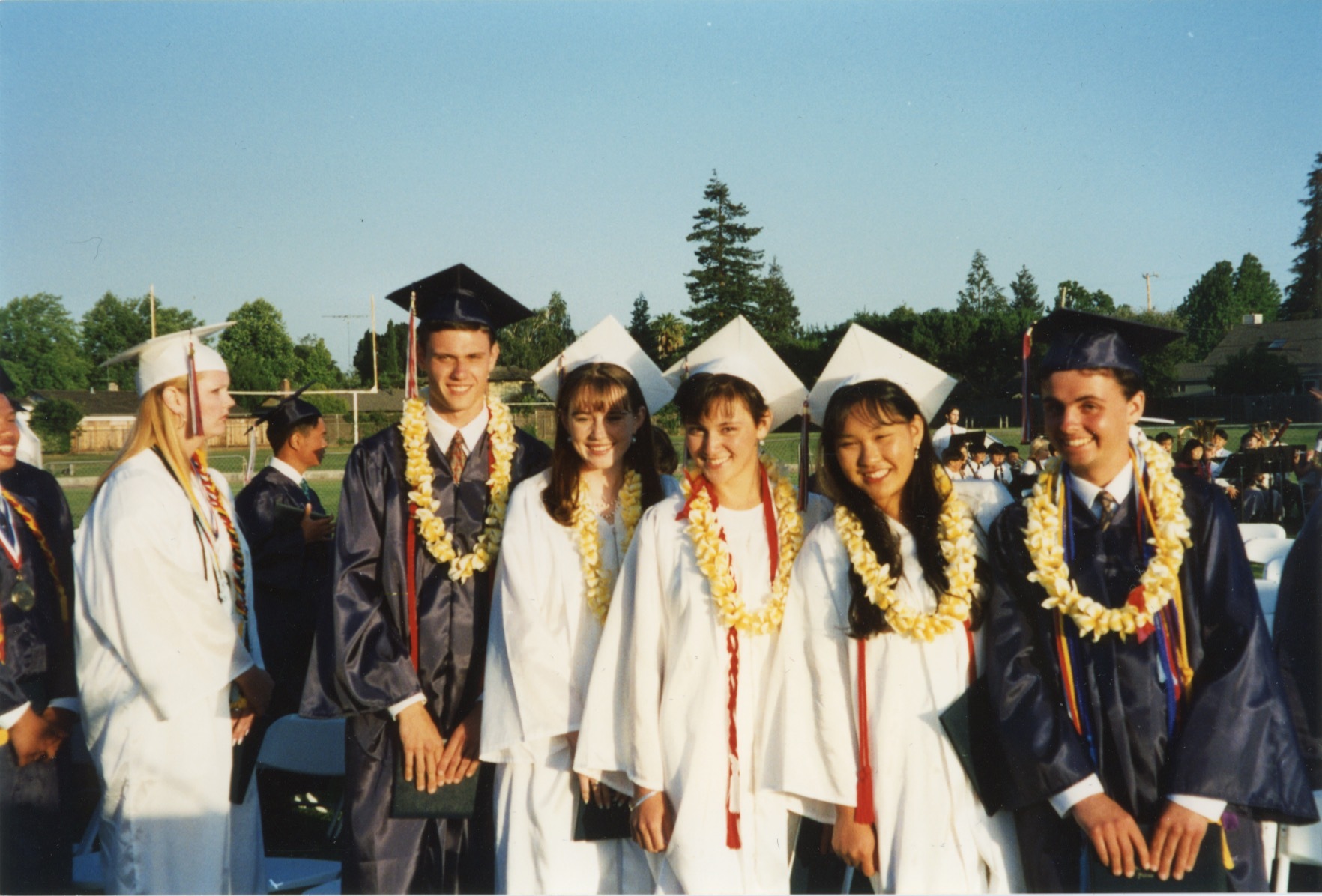
College applications
Before the highly digitized process college applicants have now, students applied with paper forms mailed to their institutions of choice. Research of college programs was limited to the section of the school library with brochures for each school. Some students with supplemental materials like art portfolios also drove their pieces to the institution and made the journey a road trip with their friends.
A time capsule for the graduating class
A farewell activity for the class of 1995 was creating a time capsule with letters to their future selves. The idea came when a large capsule was handed down from a previous graduating class. After having it in a class officer’s garage for nearly 20 years, the class of 1995 came back together for a reunion and read their high school predictions for the future. The capsule has now been handed over to the Class of 2024, who will carry on the activity and fill the capsule at Senior Sunset.
At their class reunion, Class of 1995 graduates Flora Shih Nihan (left) and David T. Wang (right) reopen the letters to their future selves. Used with permission from Olivia Yu from Lynbrook Class of 1995.
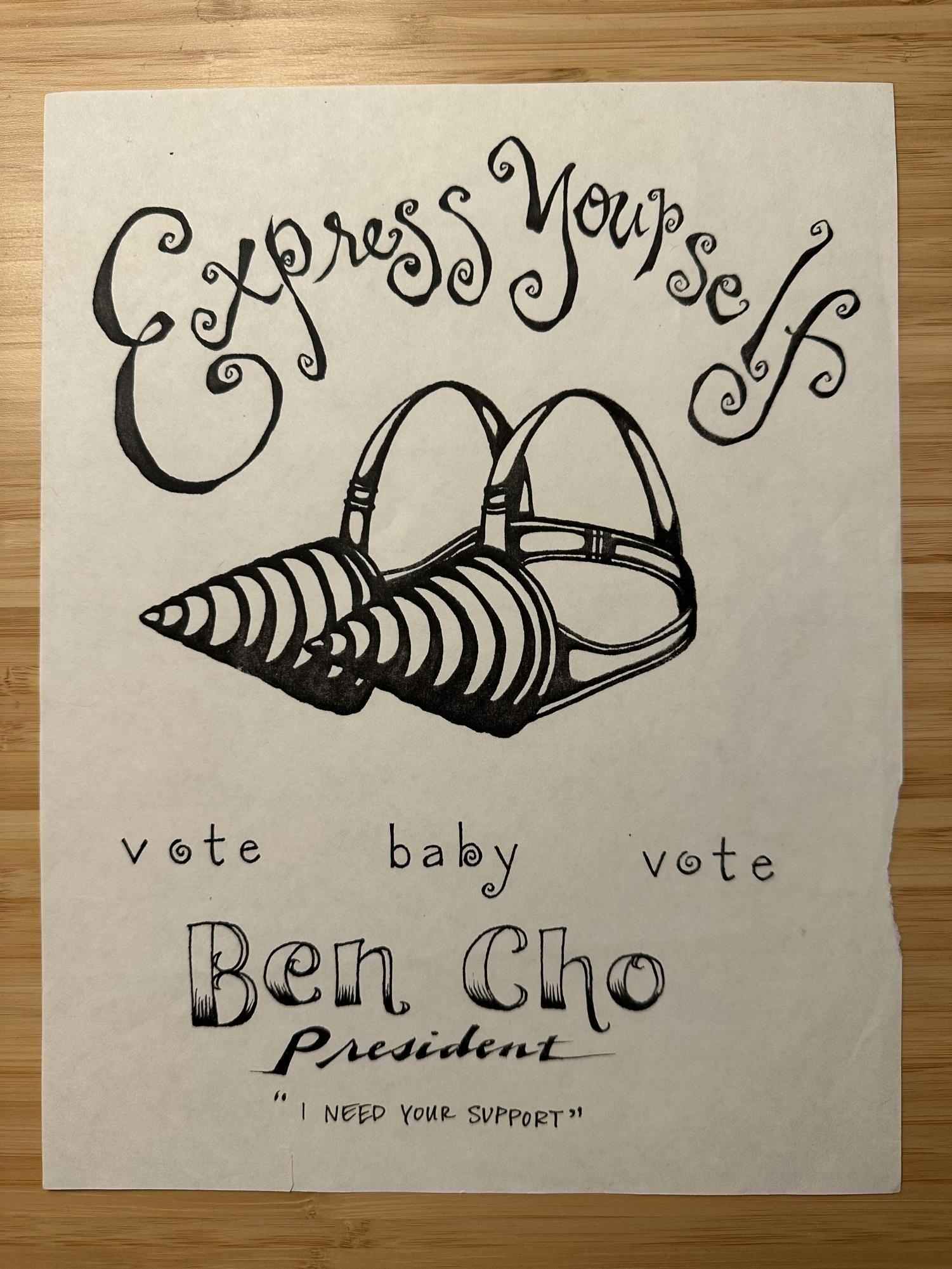
Campaigning for class office
Class office candidates in recent years use online design programs such as Canva to create promotional graphics and videos to reach voters through Instagram. However, since the use of the Internet was just beginning to rise in the early 90s, campaigns back then looked simpler, like the black-and-white “Express yourself” poster by Ben Cho, who ran for president for the class of 1994.
Teacher David Pugh
Teacher David Pugh teaches in his classroom when it had a chalkboard instead of the present day white board. Used with permission from Olivia Yu from Lynbrook Class of 1995.
Toilet-paper house prank
Feature of the toilet-paper house prank in the 1993-94 yearbook. Used with permission from Olivia Yu from Lynbrook Class of 1995.
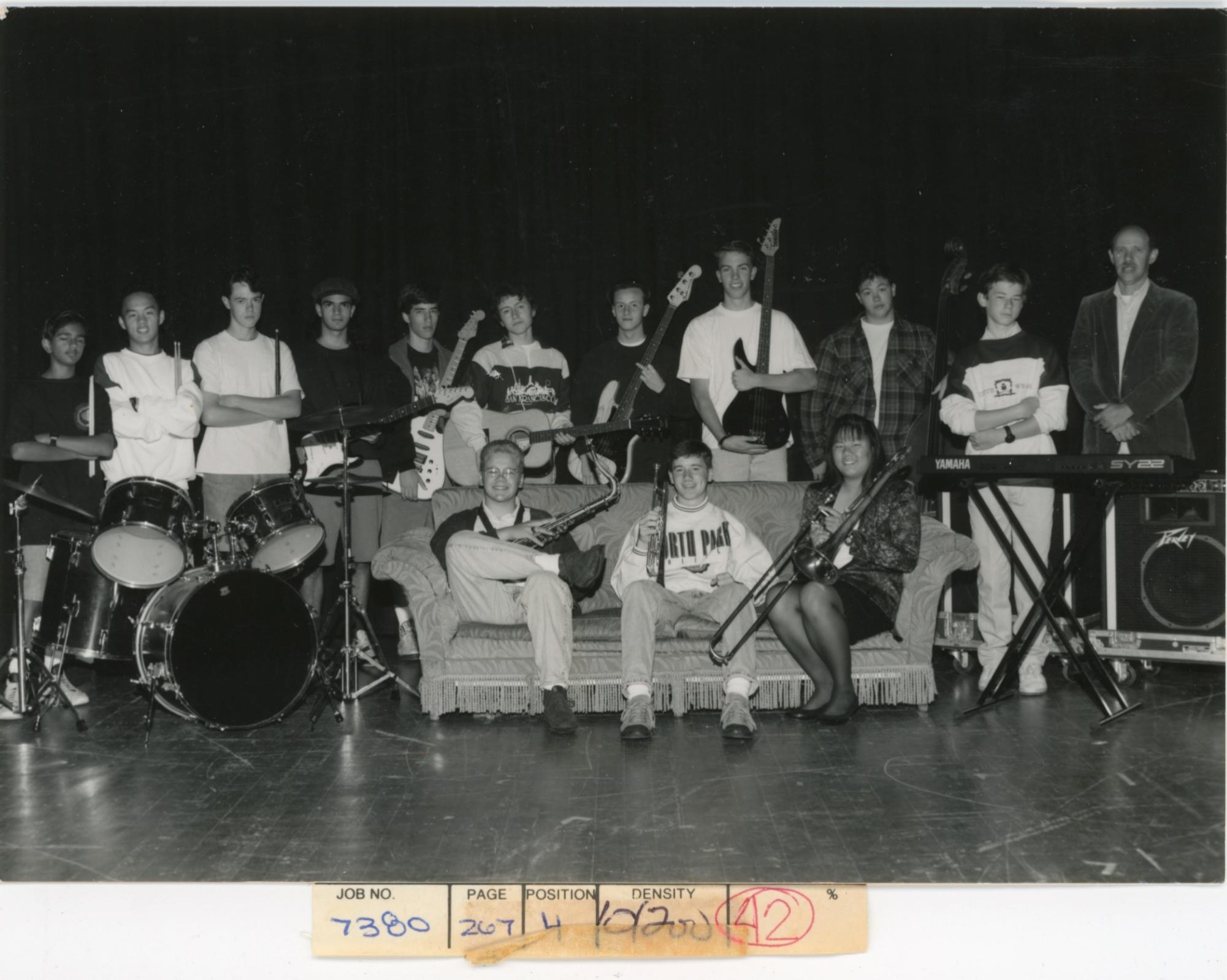
Making the yearbook
Since digital design programs were not readily available, the pages of senior ads were also a glued scrapbook of photos and handwritten messages on cardboard. Paper labels on the bottom of each photo was used to note the page they should be placed on, with what size and position.
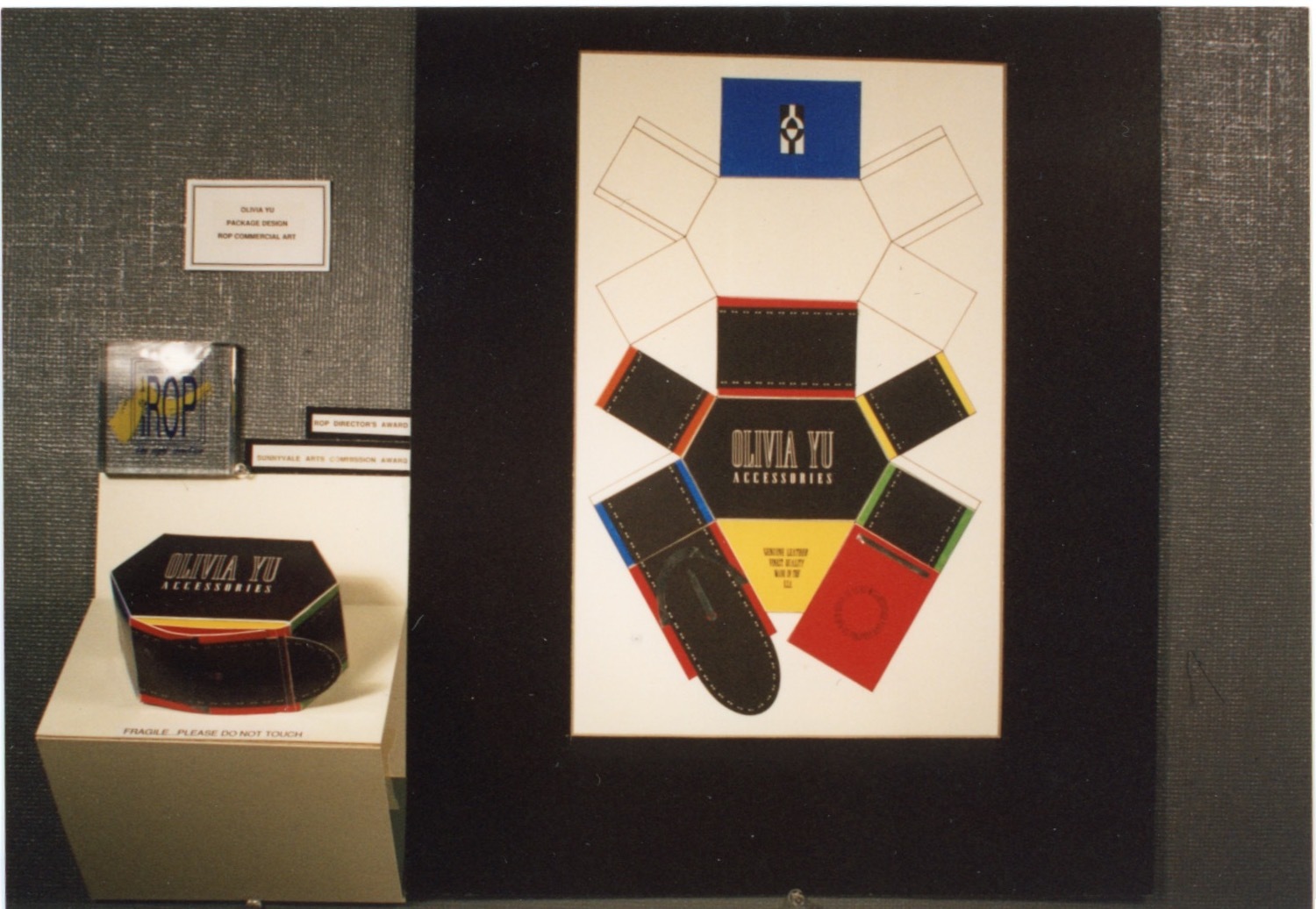
Regional Occupational Program
Across California, the Regional Occupational Program in the 90s provided students with different after-school courses at each FUHSD school for students to explore various fields, from health care to graphic design and communication arts. Students interested in a particular course would travel to attend the FUHSD school that offered it. Several areas in California still offer this program.
Campus and classroom construction
Before Lynbrook had major renovations throughout the years, the current 000s building was originally a small library, the current GSS building was originally a weight room and the Rocklin Science Center was formerly the office. The present-day gym was previously a structure known as the Cove with wood flooring and surrounding wooden benches for activities like dance and cheer. There was no field house and no portables next to the pool for the Voyager special education program. Studio 74’s drama room was formerly an auto shop with rolling doors for cars, and payphones were formerly installed on walls of a few buildings.
Within classrooms, walls were often brick or wood veneer paneling with chalkboards and pegboards. The corners of most classrooms still have the wall connections where TVs used to be mounted in the 50s and 60s to project video announcements.
Used with permission from Olivia Yu from Lynbrook Class of 1995.
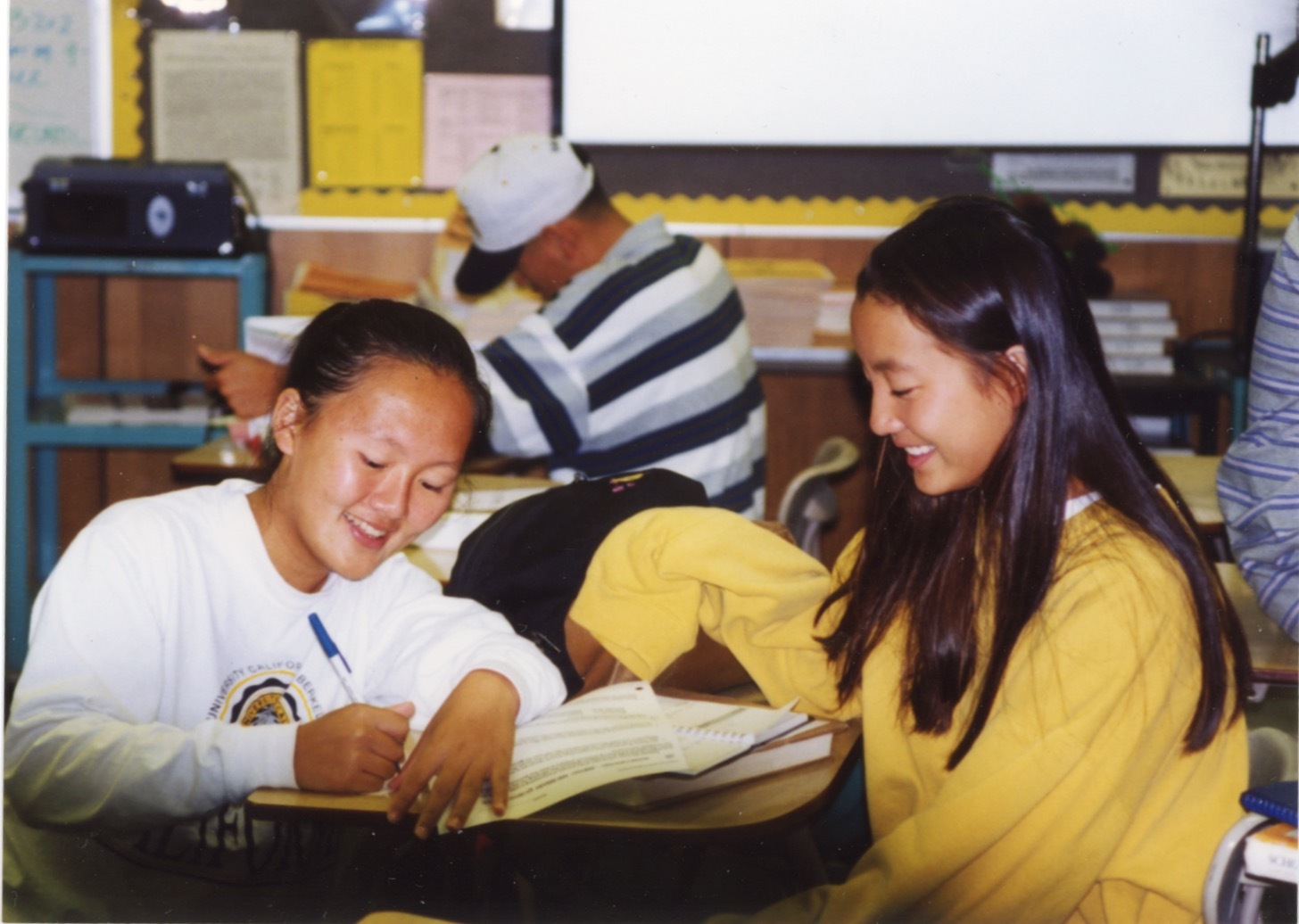
Academic competition
While Lynbrook has always been competitive academically, colleges have become significantly more selective over the past few decades, resulting in greater frequency of demanding workloads and subsequent academic stress.
“Kids are really stressed out,” said Luca Signore, history teacher and Class of 2010 graduate. “It’s sad to see how much stress kids here have and how little time they have to do things that they truly care about. When I was in school at Lynbrook, kids usually got into four or five of the UCs even if they had ‘mediocre’ grades. I think 48 kids got into Berkeley in my year. Nowadays, I hear a lot more of my seniors struggling to get into any UCs.”
Bale believes that the intensity of Lynbrook’s academic rigor and competitive environment has steadily increased over the past few decades.
“Students of my era had what some might consider fewer qualifications,” Bale said. “I don’t think the top students felt the need to always have more activities and APs, but they just took the classes they took, then went on to become successful in the real world.”
While Bale attended Lynbrook when schools began to utilize technology and the Internet more frequently within classrooms, the differences between pre-digital and digital learning are apparent.
“There was a lot more engagement in the classroom that you had to do because fewer aspects of teaching were Internet-based,” Bale said. “Teaching was a lot more focused around the discussion and lecturing elements because that was the way things were done.”
Course curricula
Lynbrook’s social studies department alone used to include psychology, philosophy, California history, contemporary issues and more as classes. Lynbrook also used to teach Russian and German as languages.
Combined classrooms were frequently used between the social studies and English departments; when any history unit was taught, the literature from the same era and setting could be simultaneously covered in a joint class.
Students also had opportunities to visit the sheriff’s department and tour prisons. Social studies classes also engaged students in extracurricular community service activities.
Student culture
Bale describes the general social culture at Lynbrook as more unstructured, where although the school had a similarly wide breadth of clubs and activities as we do today, the average student also had more free time to connect with others.
“I would say that there was a broader, you might call, unaffiliated social culture,” Bale said. “I think that the number of hours that a student has that are available to do as they wish are fewer for students these days, so I don’t know if there is as much of a broad spectrum of mingling, like ‘Hey, let’s just go hang out at the park’ or ‘Let’s just stay after school and kick it in the quad’ as there might have been. I just think the number of unstructured social connections was higher in my era.”
Bale believes this change in socializing may be attributed to students’ increased involvement in clubs, sports or other extracurricular activities. Considering that Lynbrook has more than 80 clubs, he notes that each club naturally garners fewer attendees for students to interact with. Limited time has also decreased the number of students supporting friends at sports games.
“If there’s more than 80 clubs, and there’s all these sports, and there’s all these other activities, everybody’s always busy,” Bale said. “So who’s ever going to become a fan? So I do think that the number of people appreciating other people’s passions has dropped dramatically.”
Used with permission from Olivia Yu from Lynbrook Class of 1995.






















































